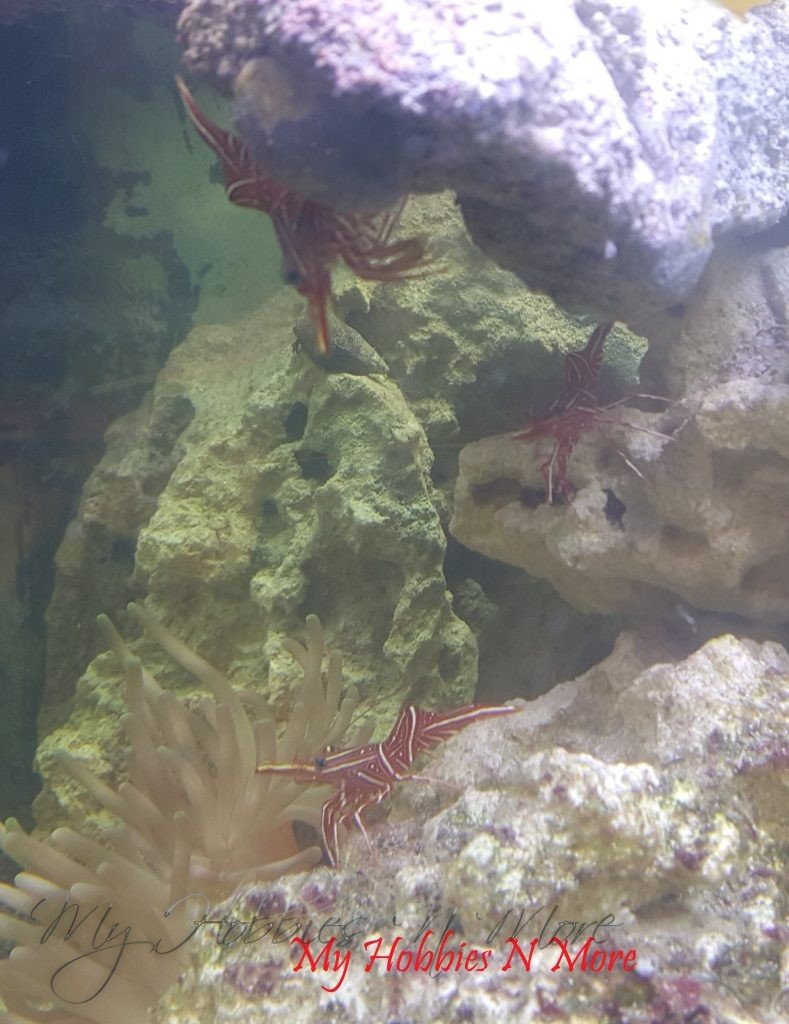Camelback Shrimp
Camelback Shrimp
The Camelback Shrimp is primarily red with white dots, and short striped markings covering the body. It grows up to a size of two inches. This shrimp is named aptly as a camelback, due to the presence of humped back. Often the Camelback Shrimp is misidentified as peppermint shrimp and should not be confused with the same. There is a simple way to distinguish between these similar looking shrimps. If it is a peppermint shrimp it will be red with yellowish white markings, whereas in camel shrimp it will be white and red markings. The Camel Shrimp is also commonly known as Camelback Shrimp, Hinge Back Shrimp, Dancing Shrimp, Candy Shrimp, and Humpback Shrimp. It is non-aggressive in nature towards the other marine aquarium members.
The Camelback Shrimp is mainly found in small groups in rock crevices, rocky overhangs, coral rubble and rock caves. It undergoes molting and discards the old exoskeleton by secreting a new one which forms and hardens completely in a few hours. The Camelback Shrimp is hardy and thrives well in a temperature range of 72-78 degrees Fahrenheit; pH between 8.10-8.40 in a tank of minimum ten gallon. The Camelback Shrimp gets along well with other inhabitants and acclimatized to the new environment very fast. It is mainly carnivores and feed on detritus, zooplankton and frozen meaty bits of seafood found on sand. The Camelback Shrimp sifts through the sand in search of food and thus aerating it well. The Camelback Shrimp is very active at night and is well known for cleaning out the growth of zoanthoids. The scientific name of Camel Shrimp is Rhynchocinetes uritai and is found in the Indo-Pacific region.
The Camel does have a downside in that it is possible that some may nip at Mushroom or Leather Corals. While it is in the cleaner shrimp family, the Camel Shrimp is more of a scavenger than a parasite cleaner, and is not known for cleaning parasites off of fish.

Great picture I took of the camelback shrimp in my tank. They are so much fund to watch scurrying around the tank.
Some more videos of my tank
Recent Comments